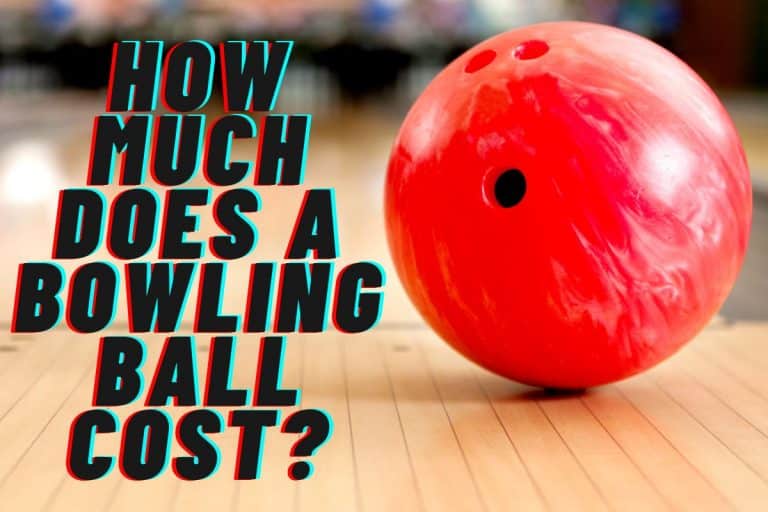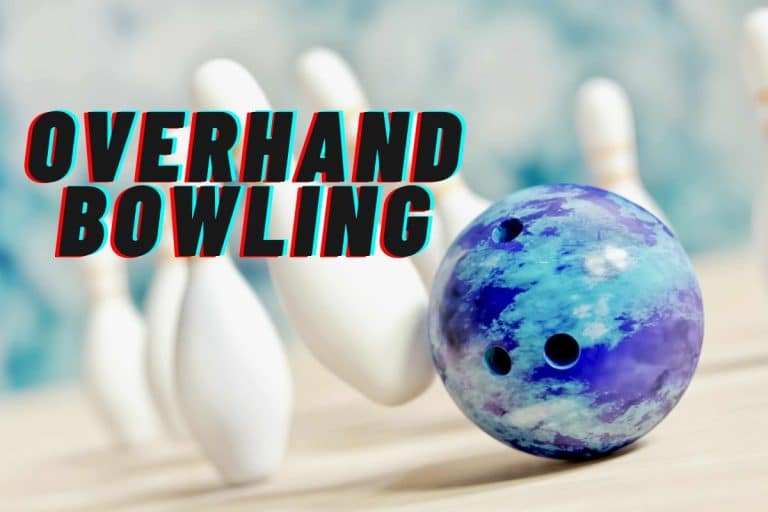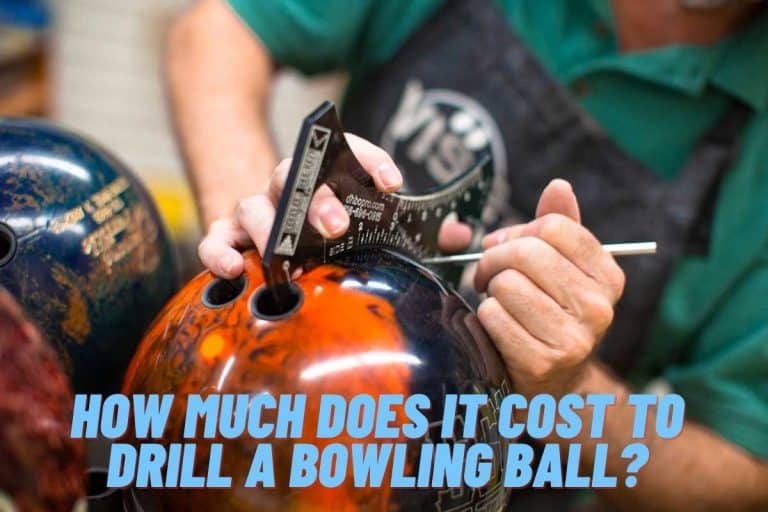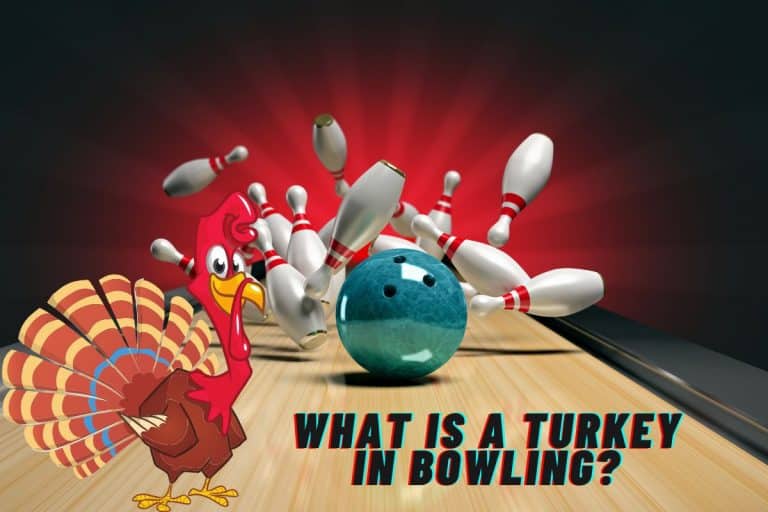Can you Resole Bowling Shoes? [Ultimate Guide]
Can you Resole Bowling Shoes? Yes, it is possible to resole your bowling shoes, but the resoling process requires a trained eye to patch the shoe correctly. You can read this post to learn about the bowling shoe resoling process.
Bowling shoes are an integral support system for ensuring you always have traction when bowling. Maintaining traction in a bowling alley without a good sole providing the friction required between you and the floor surface is challenging.
Bowling shoes are subject to wear and tear, like most shoes, if worn regularly. The sole of a bowling shoe suffers the most damage because it is the part in contact with the floor.
There is a high chance you are wondering if there is a solution for fixing a worn-out sole on bowling shoes. Can you Resole Bowling Shoes? Yes, it is practical to resole your bowling shoes to extend their lifespan rather than buy a new pair. The content below explores everything you should know about resoling bowling shoes.
How do Bowlers Resole Bowling Shoes?
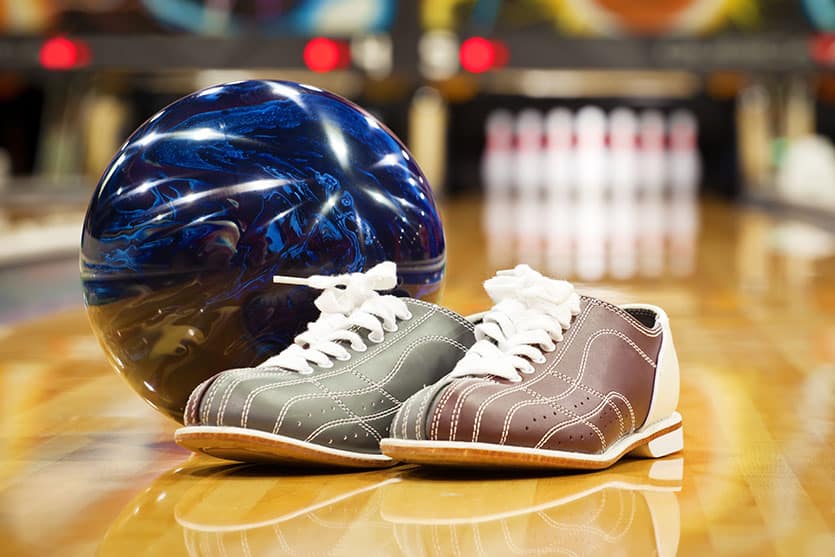
You have two options if you want to resole your bowling shoes. The first option is changing the sole on your bowling shoes as a DIY project, whereas the second option is taking the shoe to a professional cobbler specializing in bowling shoe repair. Deciding whether to pick the first or second option entirely depends on you. However, you should read the rest of the content below to get context before making an informed decision.
How are Bowling Shoes Made?
The technique for resoling a bowling shoe differs depending on the type of shoe. You must understand the different types of bowling shoes and their assembly before grasping how the resoling process works.
A standard bowling shoe comprises the upper (body) and the lower (sole) parts. The upper and lower parts hold fast with the help of adhesive glue. The joining process differs because the material for the upper part can be leather, rubber, or mesh. The glue and joining technique thus vary depending on the upper material.
Procedure for Resoling Bowling Shoes
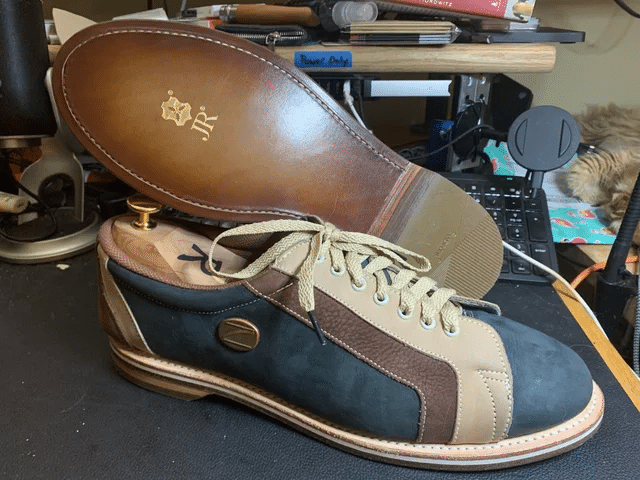
The procedure for resoling bowling shoes is similar for professionals and amateurs. The process for resoling a bowling shoe involves:
- The first stage is removing the sole from the bowling shoes. Separating the upper and lower part of the shoes can be done with the help of a hobby knife and prying tool.
- The next stage is selecting a sole replacement and ensuring it is the same size.
- Cleaning the bottom of the upper part is next. A wire brush becomes handy during this stage.
- Selection of the recommended adhesive glue and applying the correct amount to the upper and lower part of the shoe follows after cleaning.
- The next step is binding the upper and lower part of the shoe together and leaving the adhesive glue to dry.
- The last stage is trimming and ensuring both parts bind seamlessly.
Self-Resoling vs. Professional Resoling?
Self-resoling a bowling shoe is a challenge, especially if you are an amateur. The resoling process requires special tools and executing complex techniques. Resoling a bowling shoe as DIY could be a costly and time-consuming project in the long run. Your best bet to resole your bowling shoe is to take it to a bowling pro shop and have a professional cobbler fix it. A professional cobbler offers affordable, neat, and timely resoling services.
When is the Appropriate Time to Resole Bowling Shoes?
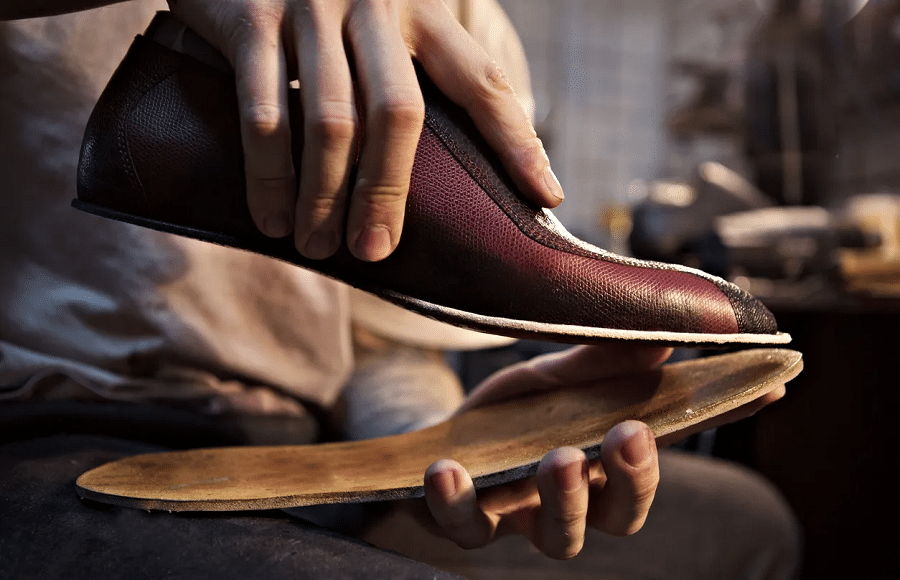
The appropriate time to resole your bowling shoes is when the traction from your sole begins to hinder your performance. However, there are noticeable signs you can look out for to know if the quality and performance of your bowling shoe sole are deteriorating. Signs to resole your bowling shoes include the following.
- The first sign is noticeable cracks on the sole of your bowling shoes.
- Fading threads on the sole of your bowling shoes is another sign.
- The leaning sole on your bowling shoes is a sign of imbalance and a valid reason to resole.
- Sole detachment from the body of the bowling shoes is another sign you should resole.
What are the Advantages of Resoling Bowling Shoes?
Below are some of the benefits of resolving your bowling shoes.
- Resoling your bowling shoes is cheaper than purchasing a new pair, thus saving you money when on a budget.
- Resoling your bowling shoes can offer customization options that fit your preferences, unlike new stock shoes from a pro bowling shop.
- Superstitious bowlers can attribute winning streaks to a pair of bowling shoes, and resoling offers them a chance to retain their mojo.
Disadvantages of Resoling Bowling Shoes
Below are some of the disadvantages of resoling your bowling shoes.
- Resoling your bowling shoes can be time-consuming, especially if you are doing it as a DIY project. Purchasing a new pair takes less time than resoling bowling shoes.
- Resoling bowling shoes require a professional, and perfection is not a guarantee.
- Resoling bowling shoes voids any warranty on your shoes, thus forfeiting the return policy for any defects on the shoe.
- Resoling bowling shoes may offer a different level of comfort than new shoes.
How often can you Resole Bowling Shoes?
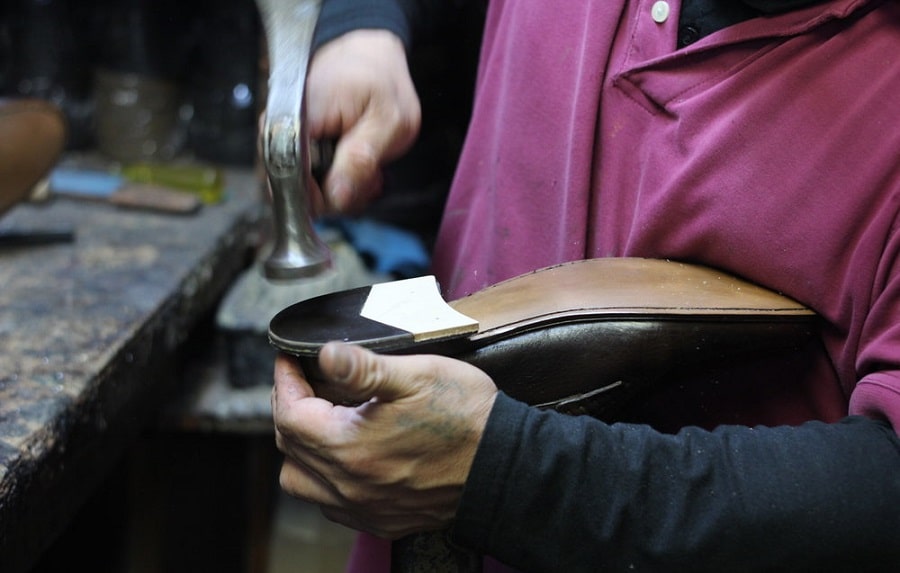
The number of times you can resole your bowling shoes depends on the type and condition of the shoe. It is possible to resole bowling shoes more than once, but the overall quality and performance of the shoe may deteriorate with each subsequent resoling procedure.
The condition of the bowling shoe's upper (body) part also determines if you can resole a shoe.
What is the Price of Resoling Bowling Shoes?
The price of resoling your bowling shoes depends on the type of shoes. A professional cobbler can charge between $20 and $40 to resole a mesh shoe. The price of resoling a leather bowling shoe is between $50 and $70. However, complex resoling procedures like customization can cost more than $ 100 depending on the complexity of the resoling.
Types of Bowling soles and their features
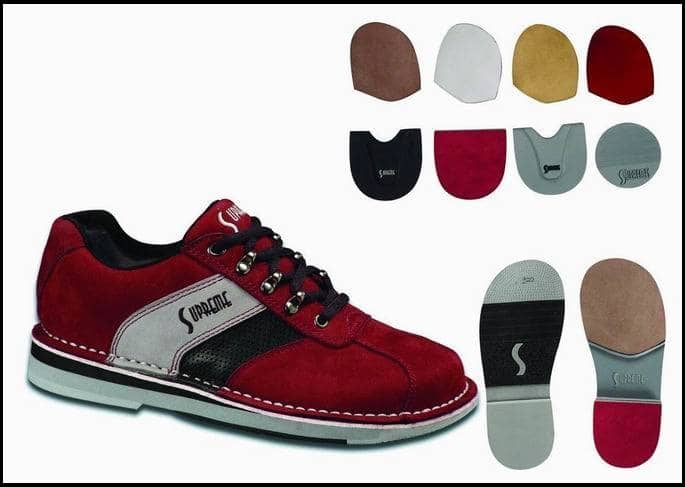
Bowling shoe soles and brake heels are interchangeable, a feature that allows bowlers to get more life out their boots. Essentially, there are three types of bowling shoe soles and heels. They include the following:
-
Traction soles
They are usually made of rubber and are designed to improve your traction during gameplay. They are usually placed on a bowler’s traction foot (left foot for left handed bowlers and right foot for right handed bowlers). They are typically made of rubber.
-
Slide soles
As the name suggests, these soles help with the slide. And as you guessed it, they go on the bowler’s slide foot (left foot for left handed bowlers and right foot for right handed bowlers). Slide soles are made of leather or microfiber material.
-
Brake heels
These types of soles are usually placed on both heels of the bowling shoes. They are often made of leather or rubber and are purposely meant to help with traction at the end of a slide.
How to clean bowling shoes
Bowling shoes should be cleaned regularly to rid them of any grime or dirt. Before you get started, here are some basic equipment to consider:
- A piece of soft and dry microfiber cloth
- A washing detergent
- Steel wire brush
Proceed as follows:
- In a sizable container, mix a small amount of detergent or soap with warm water.
- Take a small amount of the soapy mixture and in it soak the shoe laces in a separate container.
- Dampen a piece of the soft microfiber cloth in the water-detergent mixture and use it to clean the shoes. Remember to wring the cleaning cloth so that it is damp and not dripping.
- After a thorough clean, deep a second piece of the microfiber cloth in clean water and then use that to rinse the already cleaned shoes.
- When you are done cleaning the shoes, go ahead and rub the laces till they are clean then rinse them with clean water.
Pro Tip!
Cleaning the slide strip of your bowling shoes will not only better your slide during approach, but also improve your overall control and mastery during gameplay.
Conclusion
Bowling shoes can always be resoled to improve their performance on the lane. With different types of soles and heels available for bowling shoes, it is important to understand what it is you want to add to improve the performance of your worn out bowling shoes.
Decide whether you need brake heels, traction soles, or slide soles for your bowling shoes. Each of these have their pros and cons. That being said, we come to the conclusion of this post. Hope you found it very insightful and informative.
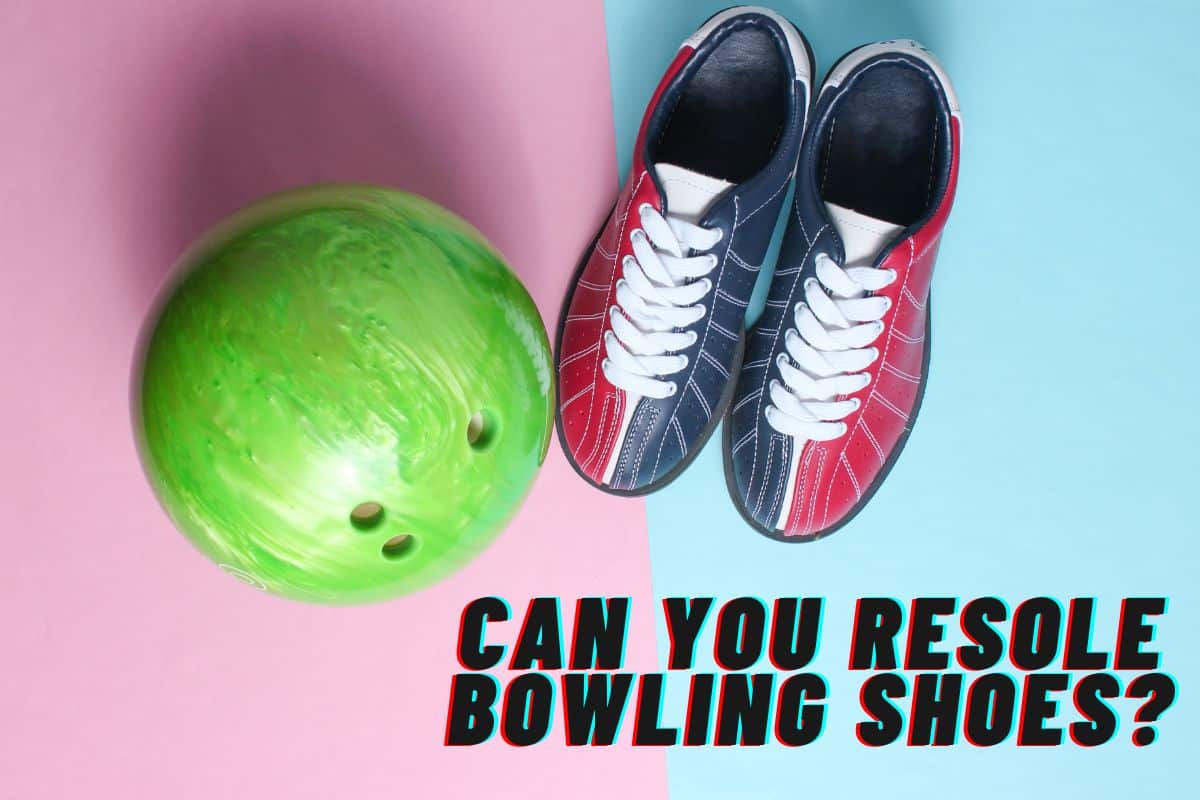
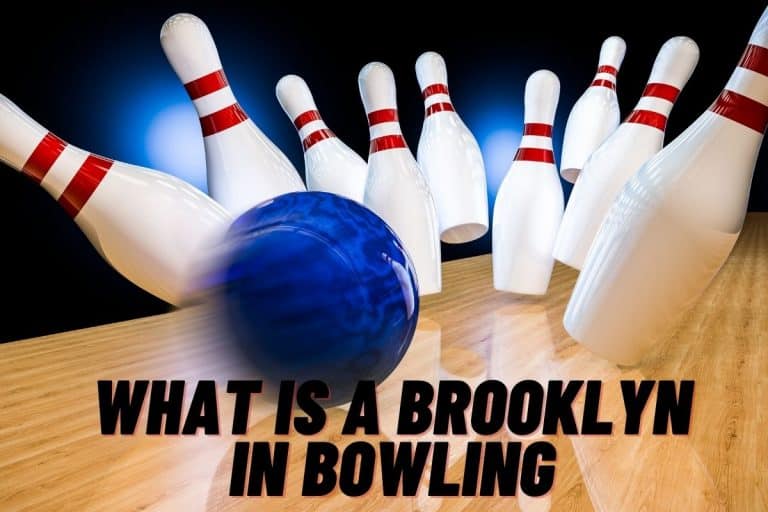
![Is Bowling Bad for Baseball Players? [Bad fot Pitchers?]](https://www.bowlingknowledge.com/wp-content/uploads/2023/03/Is-Bowling-Bad-for-Baseball-Players-768x512.jpg)
